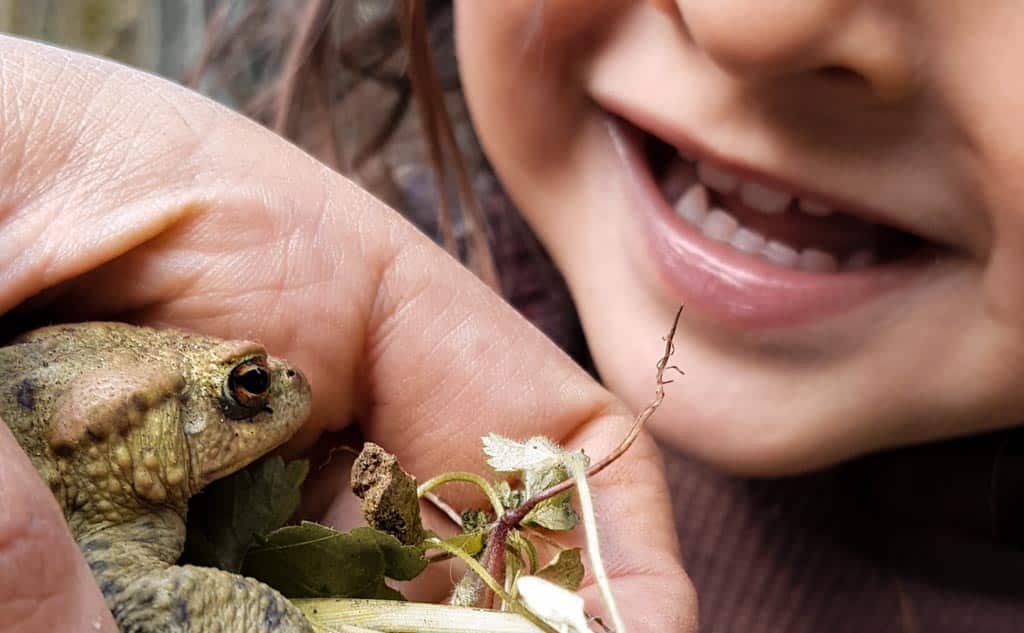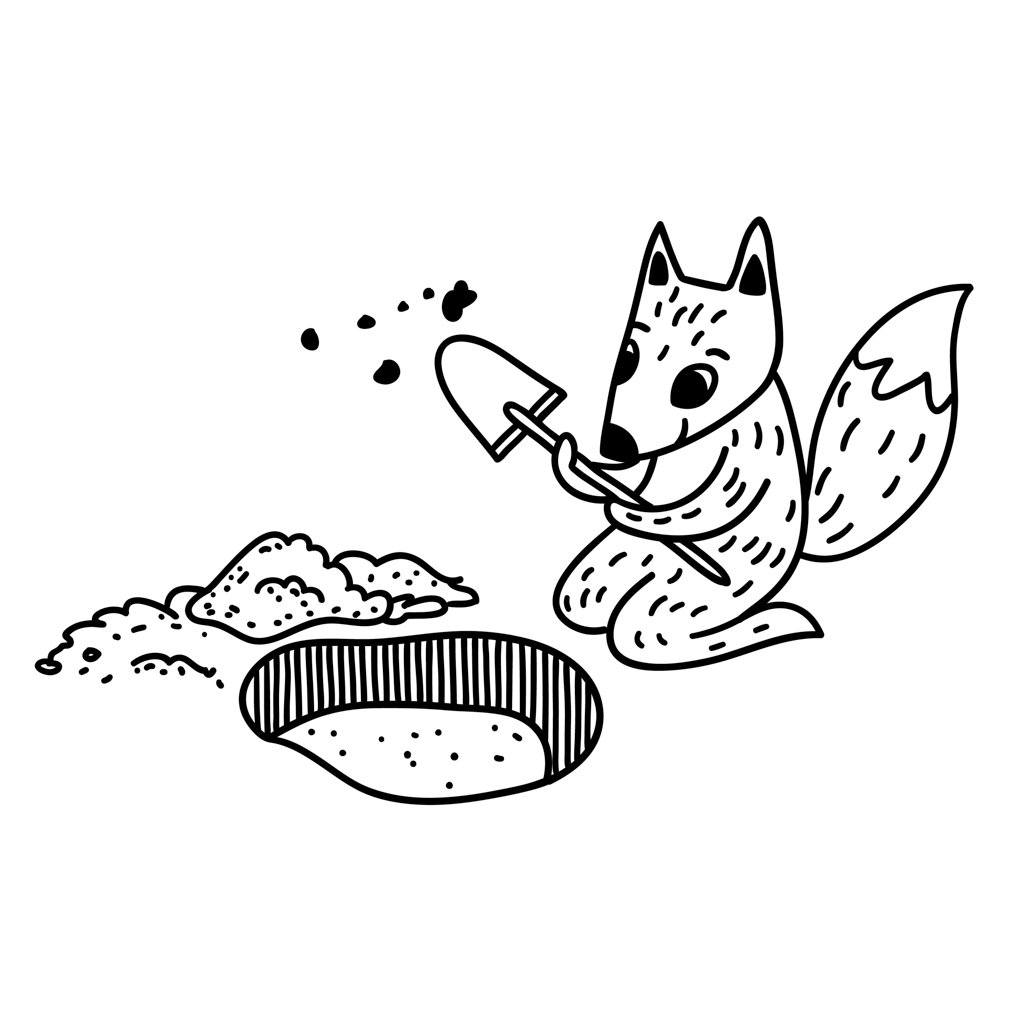Is there anything more enchanting than watching a child discover the wonders of nature? The crunch of leaves underfoot, the charm of a ladybug landing on a finger, the joy of a freshly woven daisy chain; nature play is a truly magical part of childhood.
It is an essential part of your child’s development, tapping into their innate curiosity about the world around them.
This article will guide you in nurturing your child’s relationship with nature, maximising the many benefits of nature play and creating an enriching play space that engages their senses and inspires their creativity.
Understanding the Concept of Nature Play
Nature play is as simple as it sounds: it’s play that takes place in nature, using natural elements. It’s about letting your child interact freely with the natural environment, whether it’s the park, the garden or even a small corner of greenery in your home.
Unlike structured play or traditional playground activities, nature play is generally unstructured and spontaneous. It’s about giving your child the freedom to explore, create, and learn at their own pace, guided by their interests and curiosity. This might involve observing bugs, collecting stones, climbing trees, or making mud pies.
The Multifaceted Benefits of Nature Play
The benefits of outdoor play go far beyond fresh air and physical activity, although these are part of it. Engaging with nature can profoundly affect your child’s physical, emotional and cognitive development.
Physically, nature play can improve motor skills, coordination and overall health. Emotionally, it can build resilience, confidence and stress management. Cognitively, it can improve problem-solving skills, creativity and concentration.
In addition, nature play helps children develop a sense of wonder and a deep appreciation for the environment, which is crucial in this era of environmental awareness.
Creating an Enriching Nature Play Space
If you’re lucky enough to have a garden, turning it into a nature play area can be as simple as letting nature take its course. Leave a corner for wildflowers to grow, plant vegetables or create a mini pond to attract wildlife.
If you need more space, have no fear. A nature play area can be as small as a window box or a pot of herbs on a balcony. Consider creating a nature table in your home where your child can display interesting natural objects they’ve found.
When creating a nature play area, include different natural elements such as sand, water, rocks, plants and wood. Provide tools for exploration, such as a magnifying glass or a bug-catching net. Remember that the aim is to stimulate curiosity and exploration, not to create a picture-perfect landscape.
In nature play, the journey is as important as the destination. So roll up your sleeves, get outside and explore the wonders of nature with your child. You’ll be amazed at what you discover together.
Prioritising Safety in Nature Play
While there are many benefits to playing in nature, it’s important to keep safety in mind. The outdoors can present challenges and potential hazards. Always supervise your child, especially around water or when climbing trees or rocks.
Make sure they understand not to eat anything they find, as many plants and berries can be poisonous. Teach them to respect wildlife by observing it from a distance rather than trying to touch or catch it. Dress them appropriately – think sturdy shoes for uneven terrain and a hat and sunscreen for sunny days.
With these precautions in place, your child can explore and enjoy the outdoors with confidence and peace of mind.
Engaging Activities: Tailoring Nature Play for Different Ages
Nature play can be tailored to suit children of all ages. For babies and toddlers, sensory exploration is key. Let them feel the grass under their feet, smell flowers or listen to the rustling of leaves.
Older toddlers can start with simple activities like collecting twigs, making mud pies or planting seeds. They can also begin to learn about the different animals, insects and plants they encounter.
Pre-schoolers can be introduced to more complex activities such as building dens, identifying bird songs or tracking animal footprints. You could also involve them in gardening projects, such as planting vegetables or creating a butterfly garden.
Remember that the aim is not to direct them but to facilitate their interaction with nature. Follow their lead, encourage their questions and share in their discoveries.
Conclusion: Nurturing Growth through Nature Play
In conclusion, nature play offers opportunities for your child’s growth and development. It’s an engaging and fun way to encourage their curiosity, creativity and love of the environment. By prioritising safety and tailoring activities to their age and interests, you can make nature play an enriching part of their childhood.
So whether it’s a day in the park, an afternoon in the garden or a morning on the balcony, remember to take the time to get outside, embrace the natural world and make every day a nature play day. The benefits to your child will be immeasurable, and the memories you’ll make together will be priceless.




